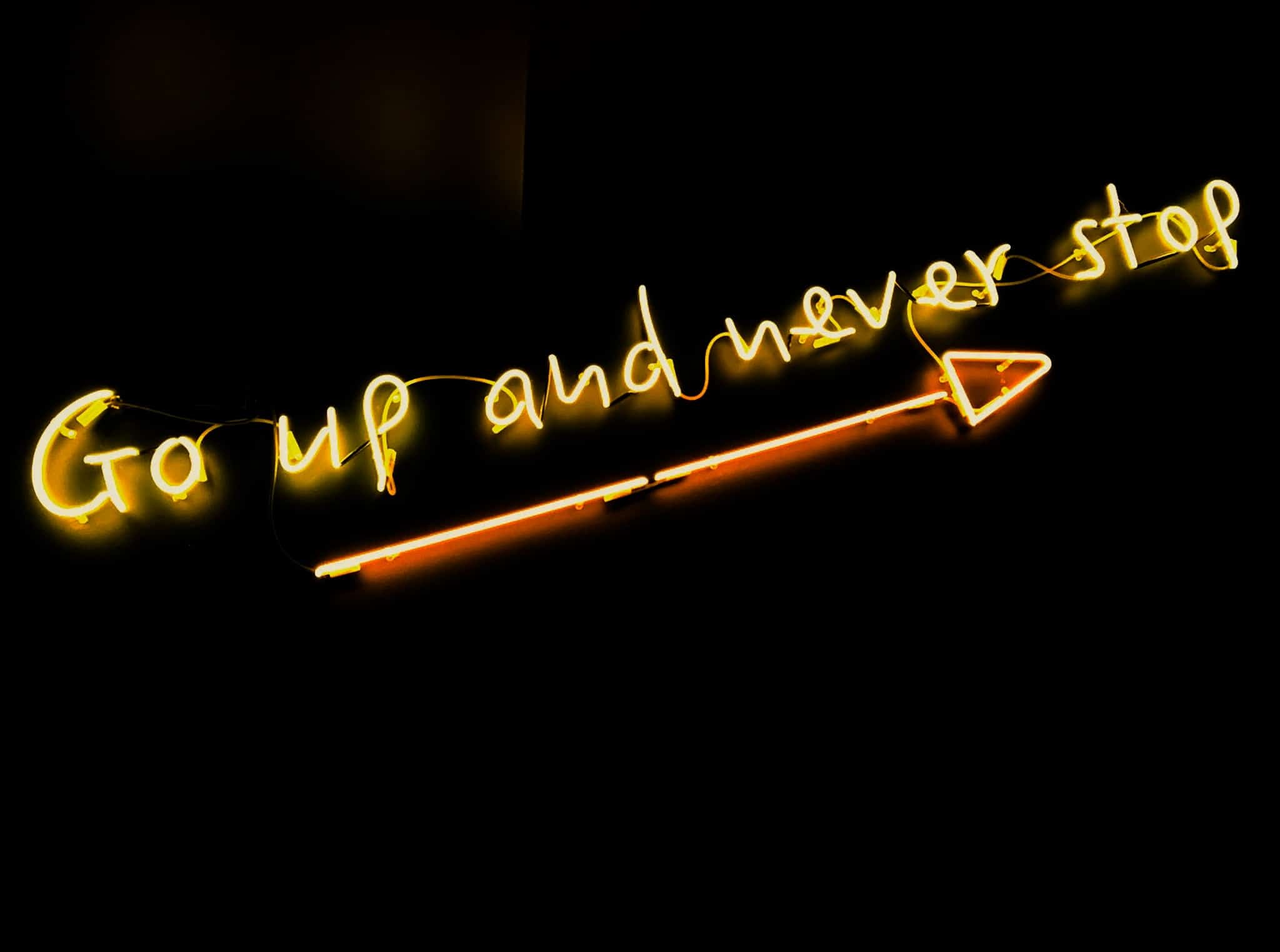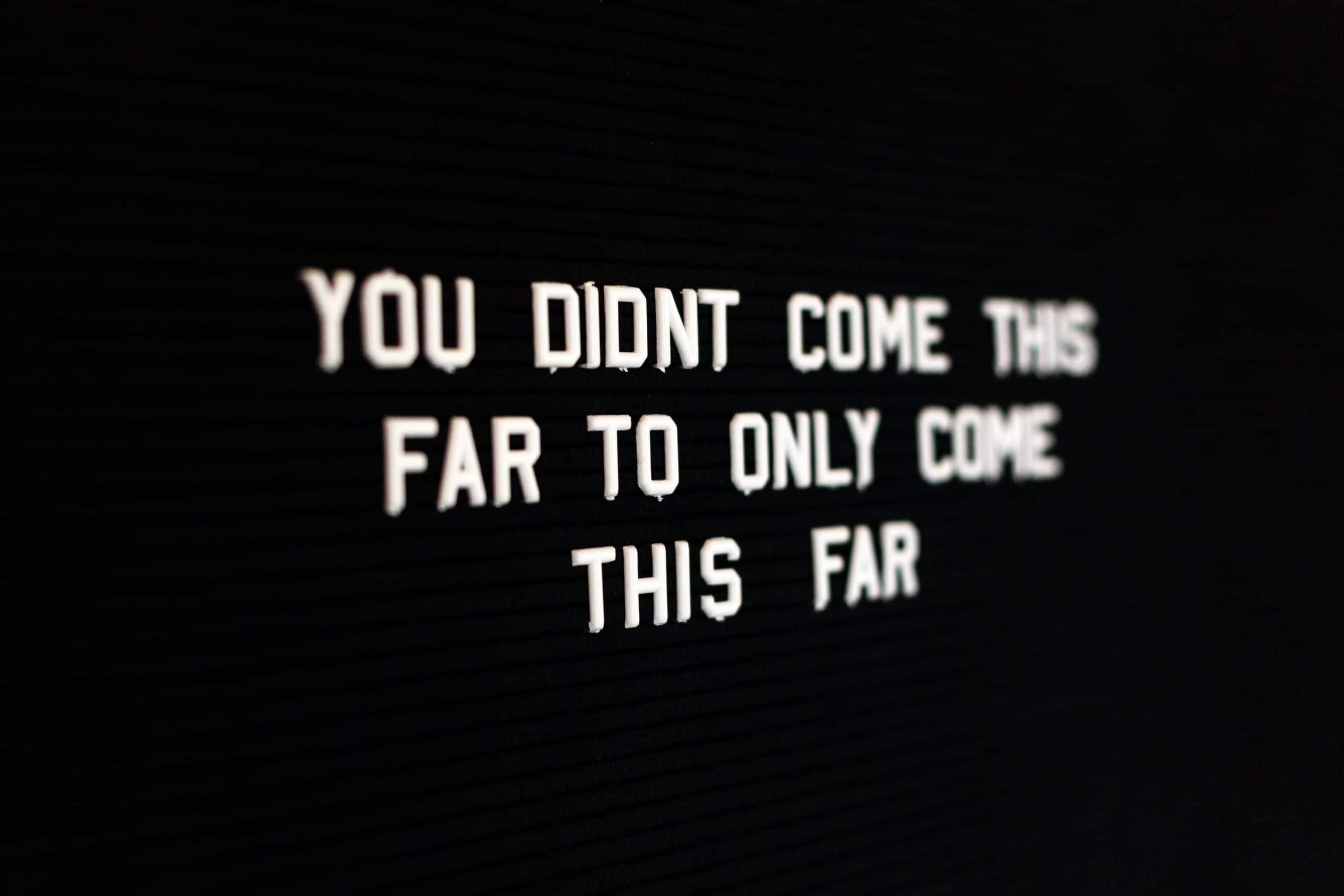
Following in our series of interviews with this years Taylor Wessing finalists, theprintspace recently spoke to Joni Sternbach, a native New Yorker whose work focuses primarily on our relationship with water, contrasting some of the most desolate deserts in the American West to iconic surf beaches around the world.
Using large format cameras and wet-plate collodion processes, Joni creates unique and inspiring landscapes and environmental portraits along coastlines across the globe. She has been working on her ongoing series ‘Surfland‘ since 2002, documenting the celebration of surfing culture across the world, capturing the diverse range of people that participate in the sport.

Hey Joni! Please tell us a bit about yourself?
Hi! I am Joni Sternbach, born in the Bronx, currently living and working in Booklyn, NY. I work predominantly with large format cameras and have been photographing along the shoreline and coast for the last 15 years.
How did you become interested in photography?
I studied photography as a fine art major in college and fell in love with the medium. There are so many people that I have felt inspired by over the years. It began with Robert Frank and Diane Arbus in art school and segued to Hiroshi Sugimoto and Richard Misrach. Once I began working with a 19th century process, I was motivated to take a better look at the work of our photographic forefathers like August Sander and Timothy O’Sullivan.
Can you talk me through how you produce your work? It is predominantly made using large format tintypes, what is it about working in this way that interests you?
Tintypes are one-of- a-kind, beautiful objects that you can hold in your hands, turn upside down and look at from all sides. The wet plate collodion process yields amazingly sharp results and once the plates are varnished, they have a glossy surface and you can gaze deeply into them. Tintypes are direct positives on blackened metal. Because it’s a positive, the exposure time is shorter than if it were a negative, making it a practical reason for me to work with. The emulsion is hand poured, sensitized, exposed and developed all while the plate is wet. The process is hand-made, immediate and because the plates are fixed in daylight, I see the results right away. As do my subjects! Everyone loves the immediacy!

“My camera definitely helps me connect with my subjects. It’s an instant conversation piece. People are drawn to it and actually extremely curious about it”

Talk us through your series Surfland that you submitted to the Taylor Wessing Award. What was it about surfing culture that interested you?
To be honest, I did not have an initial interest in surf culture. I was drawn to the ocean and photographed it for a long time. Eventually surfers found their way into my frame and when I became aware that we were in a shared environment, I started to pay more attention to them.
Do you feel having a camera like this helps you connect with your subjects?
My camera definitely helps me connect with my subjects. It’s an instant conversation piece. People are drawn to it and actually extremely curious about it and my project. Because the process takes a long time, it opens the door to conversation and connection.
You are very traditional in your technical approach to image making, choosing to use wet plate collodion processes as opposed to shooting digitally. What do you think the importance is of maintaining these traditional methods and printing images in the digital age?
I don’t consider wet-plate collodion a traditional medium at all, but rather a historic one. I think digital capture is the tradition now! I think knowing, understanding, and exploring all forms of methods in our photographic history is a valuable tool.



How do you go about editing down your images? Do you look for specific narratives that run through the work?
I think it’s pretty clear when I am on location and shooting, which images are excellent and which are not. That helps the editing process. When editing for book purposes I do look for a narrative thread or unifying graphic elements.
What’s next for you? Are you currently working on any other projects?
The Surfland project is a long-term quest that keeps growing. Over the years it’s become a global project and gained momentum. I still have a few places left to visit and photograph in order to wind it down. In the meantime, I have been photographing the western landscape and the impact that water (or lack thereof) has had on the environment.
Thanks for speaking with us, Joni!

Joni will be exhibiting his work alongside other finalists, Claudio Rasano and Kovi Konowiecki at the National Portrait gallery in London between 17th November and 26th February.
Website: www.jonisternbach.com
Instagram: @jstersurf
Facebook: https://www.facebook.com/jstersurf/
Twitter: @jstersurf

